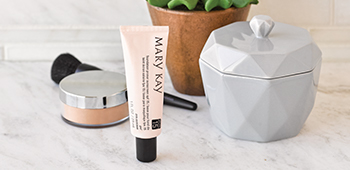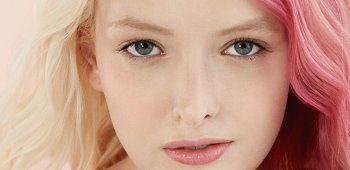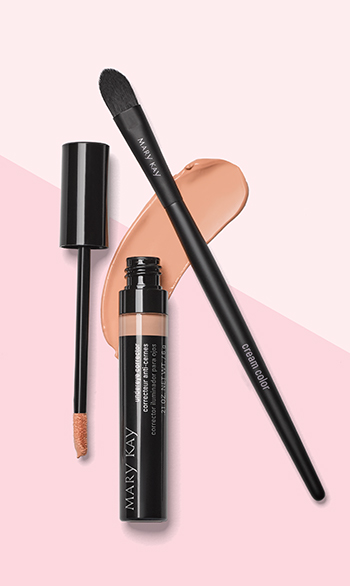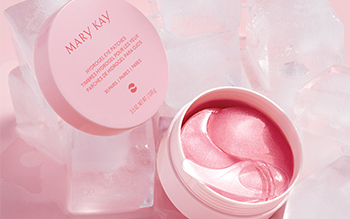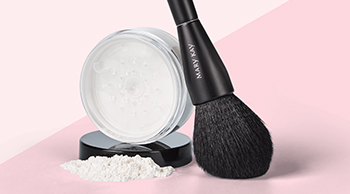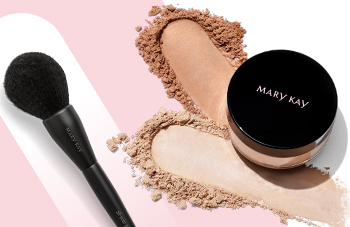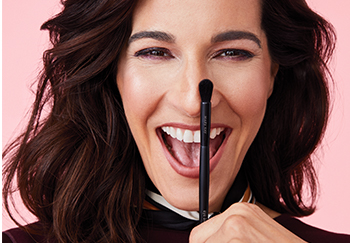
I am flexible but avoid working on Sundays. Currently doing virtual appointments and beauty bashes on Facebook and meeting in person either one on one or a group of girlfriends!
0item(s) in your Bag
X


I am flexible but avoid working on Sundays. Currently doing virtual appointments and beauty bashes on Facebook and meeting in person either one on one or a group of girlfriends!
0item(s) in your Bag
X

How to Apply Concealer

Concealer might just be the MVP of your makeup kit: The formula brightens undereye circles, camouflages everything from pimples and age spots to redness and hyperpigmentation, and lets us reflect an even complexion while our skin care products work behind the scenes.
But the key to achieving all this magic is application – apply too much, forget to blend, or (cringe emoji) apply the wrong shade, and you could be shining a spotlight on certain elements rather than helping them fade into the background. Keep reading for the best advice from our makeup artists to make sure you, too, apply like a pro.
